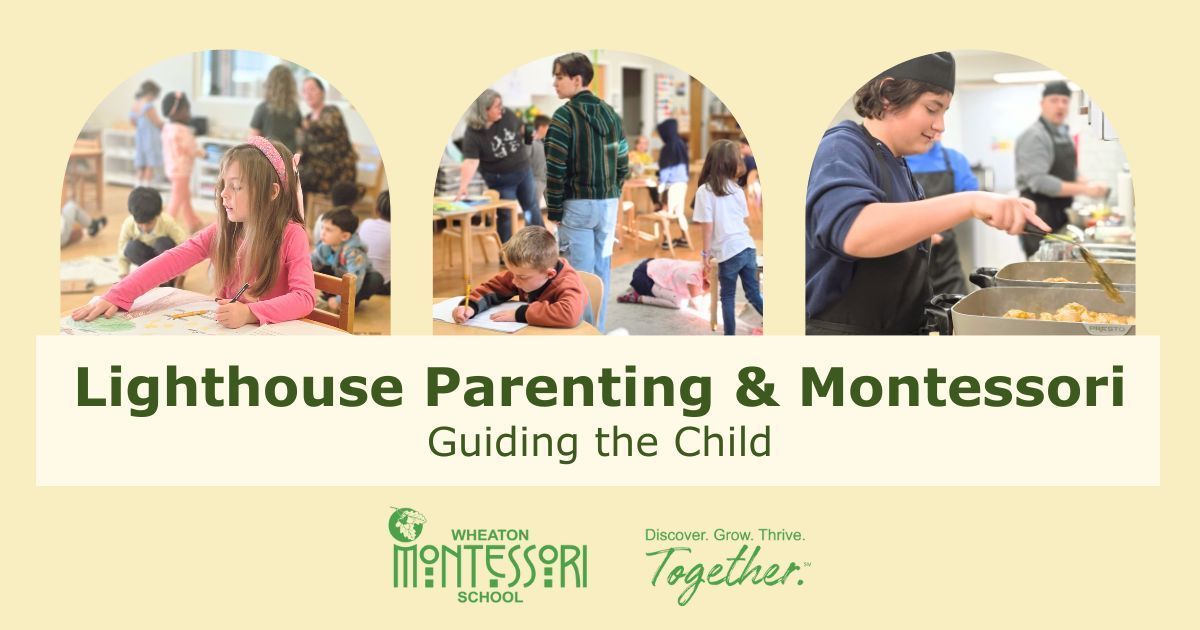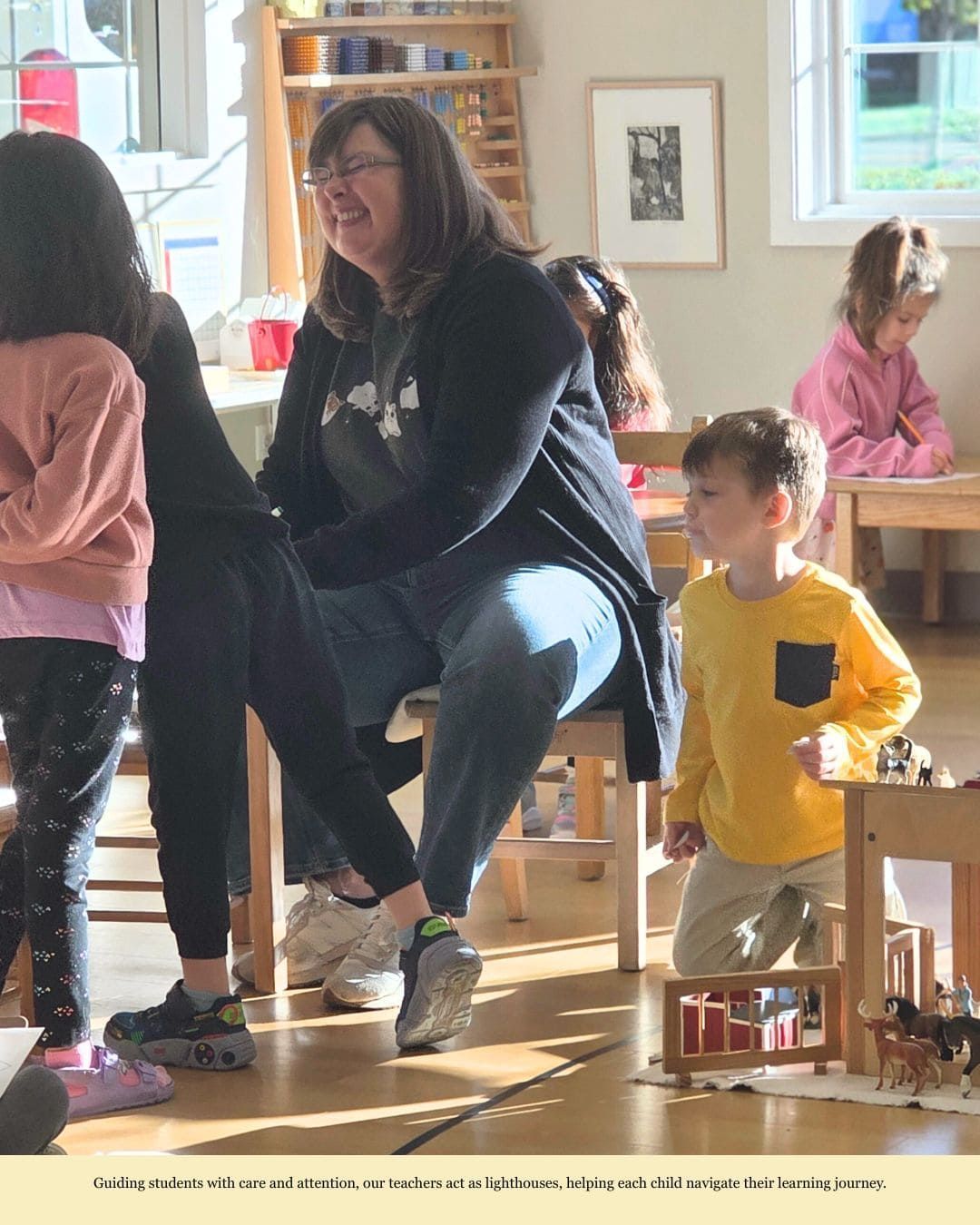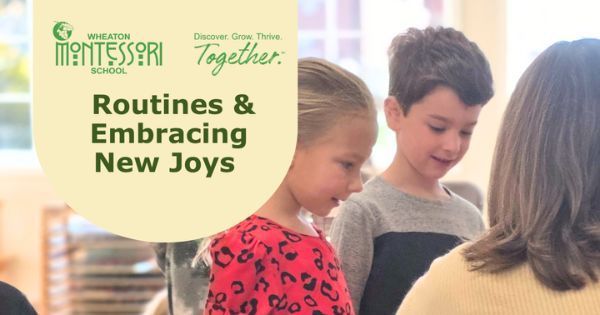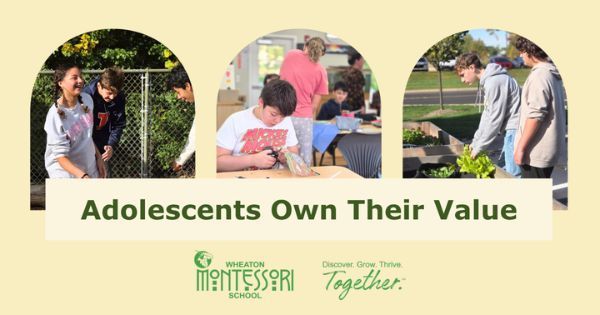
In a world where parenting and education often default to over-scheduling, micromanaging, and high-stakes achievement, two philosophies stand out for their balance, wisdom, and deep respect for the child:
Lighthouse Parenting, coined by Dr. Kenneth Ginsburg, a pediatrician and adolescent medicine specialist.
The Montessori Method, developed by Dr. Maria Montessori, an Italian physician and educator.
At first glance, one is a parenting model and the other an educational framework. But look more closely, and you'll find they share a profound common ground: both recognize that children thrive not when they're controlled, but when they're guided with care, clarity, and trust.
The Shared Philosophy: Respect, Trust, and Autonomy
Lighthouse Parenting teaches us to be the calm, steady presence in a child’s life. Like a lighthouse, a parent offers safety and guidance—but doesn’t steer the ship. Children are allowed to make choices, face challenges, and learn from experience, while knowing there’s a safe harbor when needed.
Montessori education emphasizes the prepared environment, freedom within limits, and the role of the adult as a guide, not a director. The child is seen as naturally curious and capable, needing space, not pressure, to reach their full potential.
Both approaches believe that children learn best when:
- They feel safe and supported (emotional security).
- They are given appropriate freedom (autonomy).
- They are trusted to be capable of growth (respect).
How Lighthouse Parenting Mirrors Montessori Principles
Let’s explore specific parallels between the two approaches:
| Lighthouse Parenting | Authentic Montessori Teaching |
|---|---|
| Offers consistent, calm guidance without micromanaging | The adult is a guide, not a boss, quietly observing and stepping in only when necessary |
| Believes in building resilience through experience and failure | Children learn by doing, making mistakes, and trying again |
| Encourages decision-making and personal responsibility | Montessori classrooms allow for freedom of choice within clear boundaries |
| Values connection over control | Montessori teachers build respectful, trusting relationships with children |
| Focuses on long-term character over short-term achievement | Emphasizes intrinsic motivation and love of learning, not grades or gold stars |

The Role of the Adult: Steady, Present, and Respectful+
In both models, adults are intentional in their presence. They don’t rush to rescue, over-praise, or hover. Instead, they observe, they listen, they prepare the environment (home or classroom), and they trust the child’s natural desire to grow.
Whether you're a lighthouse parent at home or a Montessori guide in the classroom, your role is not to mold the child—but to support the unfolding of who they already are.
Shared Goals: Raising Capable, Confident, Compassionate Humans
At their core, both Lighthouse Parenting and Montessori education are about raising resilient, self-aware, and socially responsible people. They believe:
- Children are not empty vessels to be filled—they’re full of potential waiting to be revealed.
- Struggles are not to be avoided—they’re essential for developing strength and character.
- Adults should not dominate a child’s path—they should illuminate it.
Bringing Montessori Home with a Lighthouse Mindset
You don’t need a Montessori classroom to embrace its principles at home. And Lighthouse Parenting makes it simple. Try these:
✅Give your child age-appropriate choices (what to wear, what chores vs. assigning them all, how they organize their room).
✅ Encourage independent routines (cleaning up, dressing, meal prep laundry, reading as homework).
✅ Let them face natural consequences (forgetting homework, losing a toy, forgetting items at school, spending their allotted money) with your calm support when safe to do so.
✅ Model the values you hope to instill: respect, patience, curiosity.
✅ Be emotionally available, when your child is struggling—not to fix, but to listen and at times that work for your child- teens may be more talkative at night, young children may love bathtime, family dinner is a win.
Mark your calendar!
Join us for the first Better Together Get-Together of 2026.
Event: Lighthouse Parenting with Mrs. Christine McClelland
Date: Thursday, January 29, 2026
Time: 8:45 – 9:45 AM
Don’t miss this opportunity to connect and learn together!


